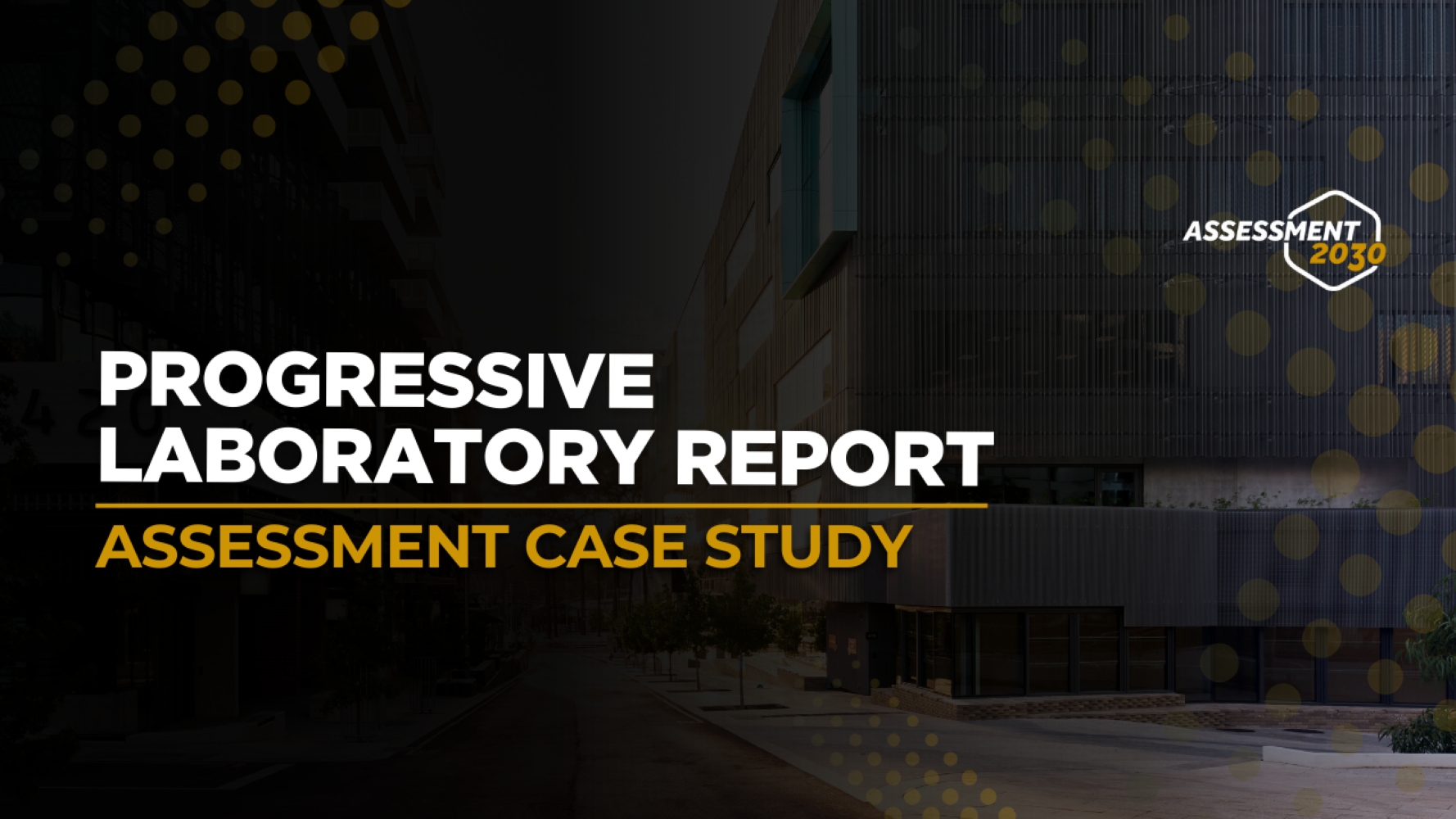Overview
Professor Max Massi from Curtin’s School of Molecular and Life Sciences shares his innovative laboratory assessment that replaces the traditional one-time submission of a lab report with a more flexible, industry-aligned approach. The assessment is conducted using Microsoft Excel data pages, providing students with scaffolded guidance on report preparation before the experiment begins. Students can work individually or in groups to prepare an initial draft, which is submitted for detailed feedback from the teaching team. This feedback is then used to prepare and submit a refined, final version of the report. This process empowers students with choice in collaboration and location, while preparing them for professional scientific practice through realistic data manipulation and peer review.
Professor Max Massi
Faculty of Science & Engineering
About my unit: Faculty of Science and Engineering | 90-150 Students | In-Person | Individual and/or group work
Max Massi is a Chemistry Professor in the School of Molecular and Life Sciences within the Faculty of Science and Engineering. With over 15 years at Curtin University, he has extensive experience working with undergraduate and postgraduate students in research and teaching capacities. His teaching philosophy centres on balancing flexibility with student empowerment, believing students learn best when they have control over their education and opportunities for improvement.
This assessment transforms traditional laboratory reporting by focusing on core experimental data recording and manipulation using industry-standard Microsoft Excel data pages. Students receive pre-lab guidance on setting up data pages with relevant equations, enabling automatic calculations as they record experimental results. The preparation is progressively scaffolded, allowing students to master different document aspects throughout the lab program.
The assessment employs a two-step submission process mirroring industry practice: students submit drafts, receive detailed feedback on improvement areas, then reflect and submit enhanced final versions. This approach recognises that real-world scientific calculations require multiple reviews for accuracy. As a Lane 2 assessment, students can work individually or collaboratively from any location, preparing them for the collaborative nature of molecular sciences where professionals routinely cross-check ideas, validate results, and confirm conclusions.
Suggested Marking Criteria
Note: Marking criteria are suggested guidelines. Specific descriptions should be adapted to relevant content and learning objectives.

